Happy New Year! Things are off to a good start. I've received several calls recently from current and former clients about wanting to start pumping their breastmilk. An occasional night out, a weekend away, wanting someone else to feed the baby, and going back to work are just a few of the reasons moms want to pump, but many of the suggestions and planning are the same. Here's a little info I've written on the subject. Of course, remember each momma has a different situation, so fine-tuning these suggestions is always a good idea to make the most of your experience:
As mentioned above, there are a variety of reasons a mom may begin pumping breastmilk, some of which are medically indicated, others are by choice. These guidelines are offered as general good practices. Please contact me to get specific information about your particular situation so that you may understand your options and make an informed decision.
Generally, if breastfeeding is going well, it is usually recommended to wait until your baby is 3-4 weeks old before starting to pump and introduce a bottle if that is a feeding method you desire. This allows your baby and your body to best regulate the supply and demand cycle.
It is generally recommended that you double pump (both breasts at the same time) for at least 15 minutes a session (20 minutes for multiples). The number of times during the day required or desired will vary between moms. For many moms, pumping in the morning hours yields the greatest volume of milk.
If pumping is uncomfortable, or you are not getting any milk, you may need a different-sized flange (the part of the breast pump kit that fits over your breast).
In the early weeks, for each feed you give by bottle, you should be pumping. This will best mimic what your baby’s needs are and help maintain supply. After the first several weeks, it may be reasonable for mom to extend time between feeds at the breast so mom may rest, or spend time away from the baby, depending on how many other times during the day milk is removed from the breasts by the baby or a pump.
Pump Use
Follow the manufacturer’s instructions on pump use and don’t forget to wash your hands before you begin handling parts.
Wash all parts, except tubing, in hot and soapy water after use. Air-dry them in between uses and make sure they are completely dry before starting the next session. If you notice any moisture in the tubes, disconnect the bottles/flanges and let the pump run dry with just the tubes attached for a while.
Milk Storage and Preparation
You may store in capped bottles or breastmilk bags. Remember to label the bag with the date pumped and amount. Store in 2-4 oz. amounts since babies sometimes take smaller amounts than others. When storing, make sure to rotate out the oldest milk first, as long as your baby is additionally getting a good amount of fresh milk during the same day.
Breastmilk Storage Guidelines
Countertop
Room temp (60 - 85°F)
4 hours optimal / 6-8 hours under very clean conditions
Insulated Cooler Bag with Frozen Ice Packs
5 – 39°F
24 hours
Refrigerator
39°
4 days optimal / 5-8 days under very clean conditions
Freezer (separate door from fridge)
<25°F
6 months optimal / 12 months acceptable
Source: Academy of Breastfeeding Medicine (2017) and the CDC
To warm breastmilk, place the bag or bottle in a bowl of warm water or under running warm water until it reaches the desired temperature. Drip a few drops of milk onto the inside of your wrist to be sure it is not too hot. Some babies will take cold milk, so do some experimentation. Thawed breastmilk should be used within 24 hours or discarded.
For those of you going back to work or school or spending other time away from the baby, I'd suggest you check out the CDC’s page on the topic.

